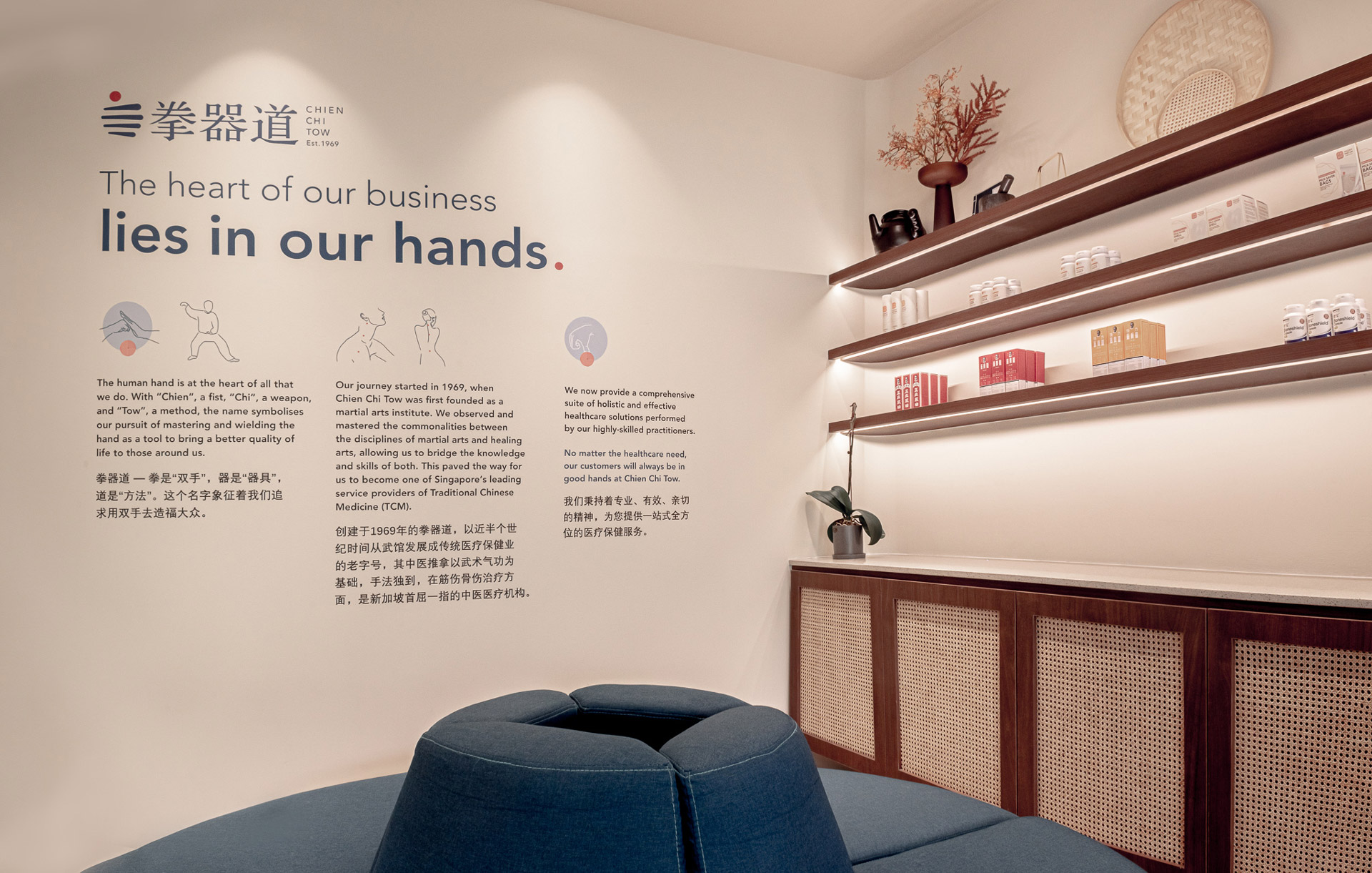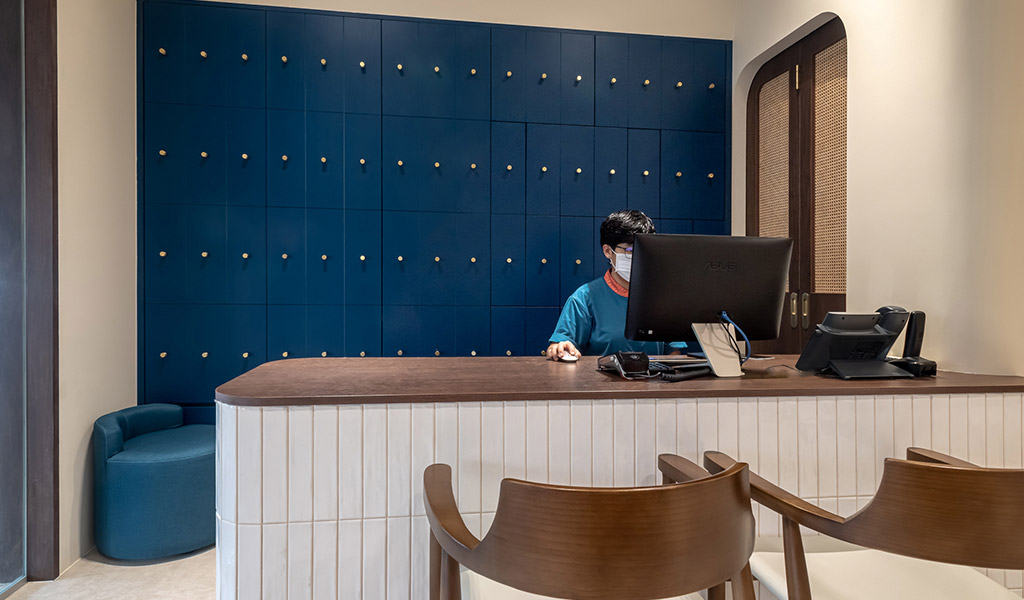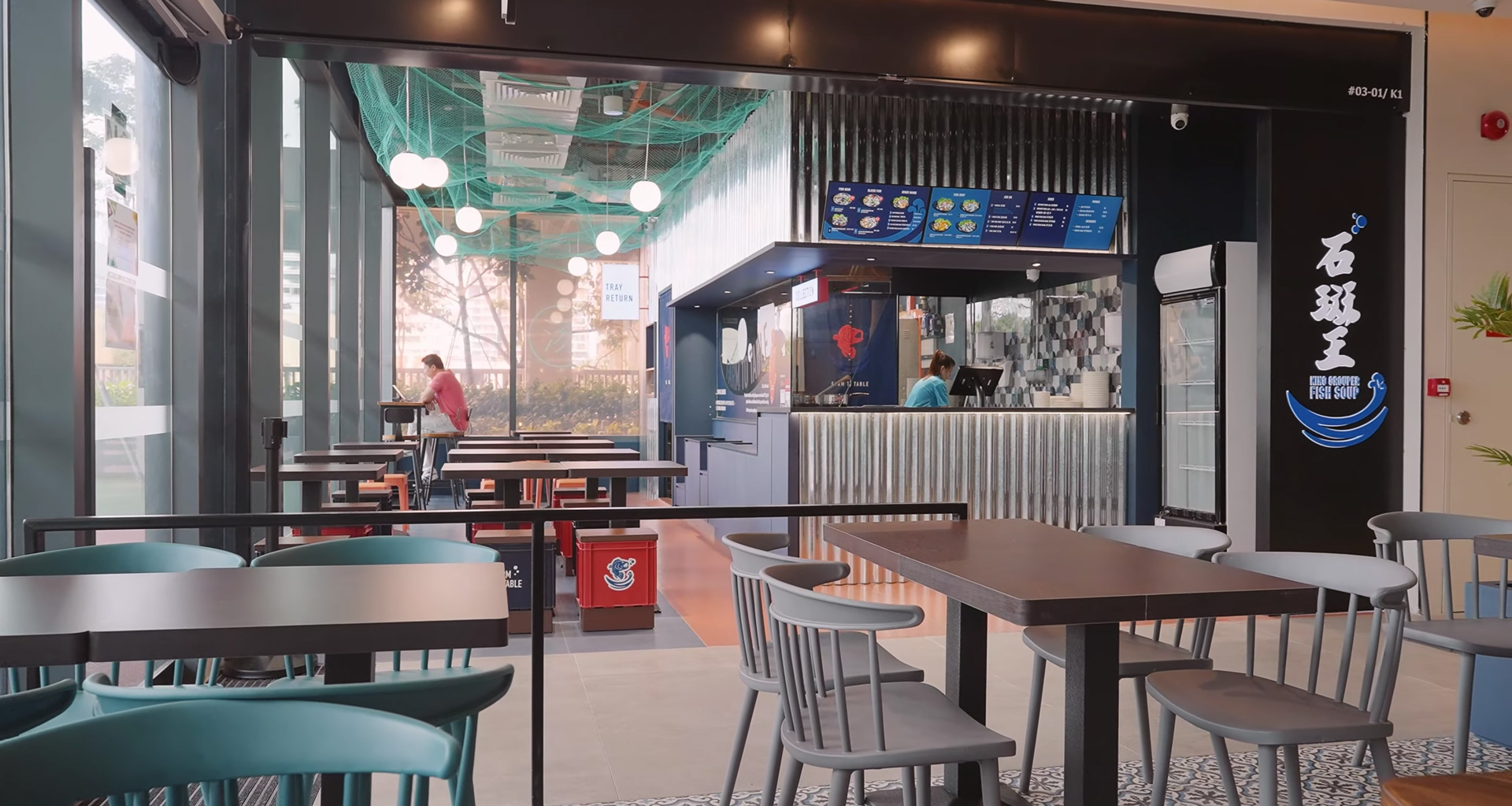
When people hear “brand strategy,” they often think it’s just about finding the right slogan or deciding on a tone of voice. But in truth, a brand strategy is the invisible backbone that gives a brand clarity, direction, and staying power.
It’s not just what your brand looks like. It’s how it thinks.

Every brand begins with a reason to exist.
Why are you here, and what do you want people to feel when they encounter you?
For Chien Chi Tow, one of Singapore’s oldest traditional therapy houses, this was where we began. The brand had over 50 years of heritage in tui na and dit da, but it was losing connection with a younger audience.
 The Store Front Design
The Store Front Design
We dug into the founders’ story, built on mastery, care, and credibility, and reframed it around modern wellness with deep roots. That became the anchor for every design and communication decision.
When your purpose is clear, your audience doesn’t just buy your service. They buy into your belief.

A strong brand strategy identifies what makes you different, and who you are different for. It starts with understanding your target audience and how you want to be perceived by them.
For Chien Chi Tow, as more of their stores are in the heartlands, it was important that their brand did not look too intimidating to their existing clientele, while still appealing to younger customers. The stores therefore maintain a clean and professional image but use warm hues and traditional heritage elements that heartlanders are familiar with.
 Chien Chi Tow’s tone is calm, professional, and heartfelt — reflecting trust, care, and mastery through a message that connects human touch with healing tradition.
Chien Chi Tow’s tone is calm, professional, and heartfelt — reflecting trust, care, and mastery through a message that connects human touch with healing tradition.
We also reinterpreted their signature medicinal cabinet in a modern way, creating a sense of continuity between their heritage and their evolution.
 The deep blue cabinet contrasts warmly with beige tones, blending modern minimalism with a refined sense of heritage.
The deep blue cabinet contrasts warmly with beige tones, blending modern minimalism with a refined sense of heritage.
A brand strategy fulfills a business direction and is sustainable. It includes brand positioning, personality, and promise at its very simplest. It is the bridge between your business objectives and how your brand eventually looks.
Once the purpose and positioning are set, the brand strategy guides how you communicate — from your visual tone to your customer experience.
In our work for King Grouper Fish Soup, the strategy was to celebrate their ownership of fish farms, a story of honesty and quality. That led us to the kelong concept, anchoring both the retail design and communication style in something authentic to their roots.
 The kelong-inspired design celebrates their fish-farming roots, blending authenticity with a clean, modern look.
The kelong-inspired design celebrates their fish-farming roots, blending authenticity with a clean, modern look.
Similarly, at Brew33 Tokyo Ariake, the strategy was about crafting an unpretentious and thoughtful hospitality experience, so every texture, plant, and aroma was intentionally styled to echo that voice.
 The design captures unpretentious hospitality — every texture, plant, and scent carefully chosen to express warmth and sincerity.
The design captures unpretentious hospitality — every texture, plant, and scent carefully chosen to express warmth and sincerity.
A brand strategy connects your business direction with how your audience experiences you.
It keeps everyone, from designers to founders, aligned on what truly matters.
Without it, even the best logo or marketing campaign risks being disconnected.